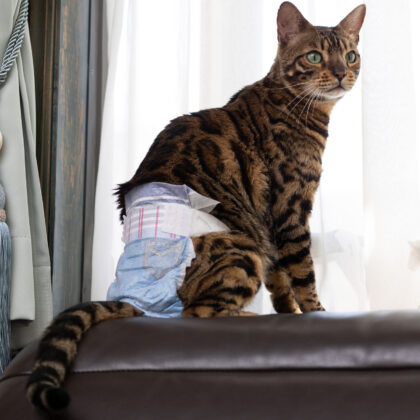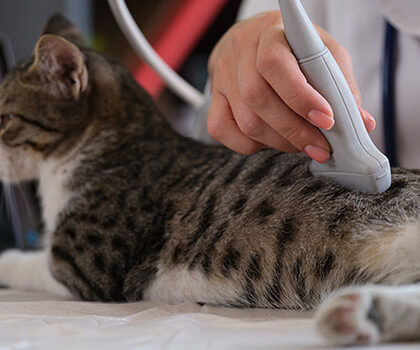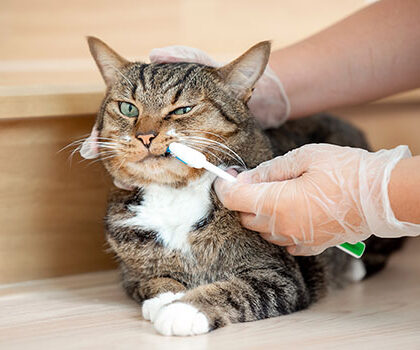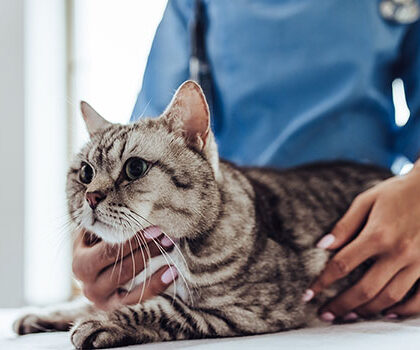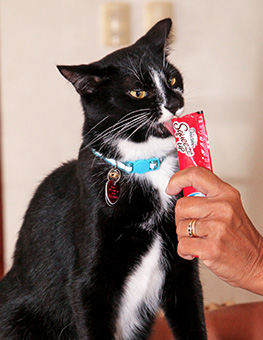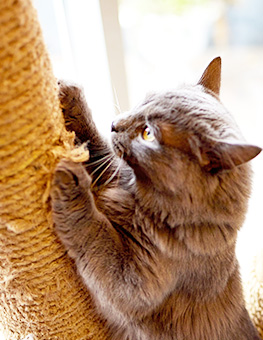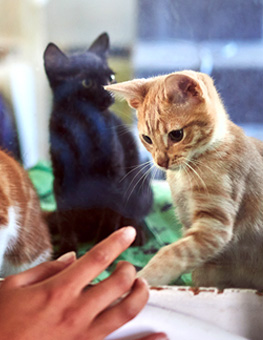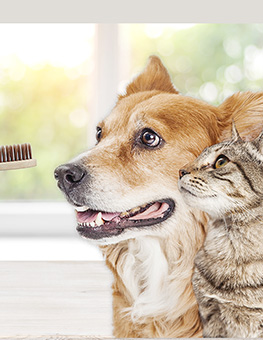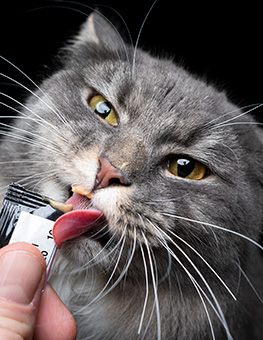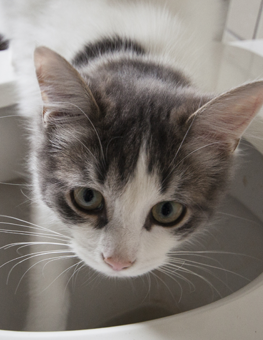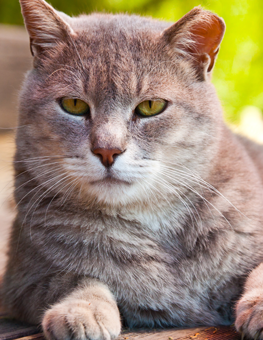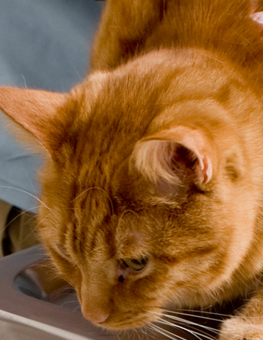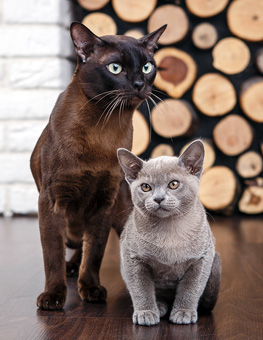Urinary Tract Health - Cats
Act swiftly if you suspect problems with your cat’s urinary tract health.
Learning to interpret your cat’s behavior can be both enjoyable and, often times perplexing. While some feline behavior can mystify us, it’s important to be able to distinguish between fanciful (but normal) cat behavior and the signs of a serious health problem that may require immediate veterinary care. Some signs to be aware of include:
- Cats that visit the litter box frequently, but produce little or no urine, may have a serious urinary tract infection and need veterinary care to avoid further complications. Bacteria or crystals can cause these infections, and the “sand” that is produced as a byproduct of the infection is especially dangerous to male cats.
- Special diets with reduced magnesium and phosphorus content may help to prevent or reduce the incidence of lower urinary tract disease. Discuss these dietary changes with your veterinarian during a complete physical exam.
- Make sure your cat is drinking plenty of water. Make water tempting by flavoring it with clam or tuna juice. Venue can be critical to finicky felines; some cats enjoy drinking from a dripping faucet while others prefer drinking water from glasses placed strategically throughout your home. Adding canned food can also help increase water intake.
- Monitor your cat’s stress level. Crystal formation may be related to anxiety, the sort that cats experience after a move, or when a new animal or person comes to live in the home. Consult your veterinarian about feeding pH-balancing food as a preventive measure if your cat is facing one of these transitions.
- Excessive drinking (polydipsia) and urinating (polyuria) can be an indication of illness; both are classic signs of kidney disease or diabetes. When a cat’s kidneys fail, they lose their ability to conserve water, so what they drink is quickly passed through the body. In response to the body’s need for more water, the cat will drink more. As time passes, the filtering ability of the kidney becomes compromised and toxins that would normally be expelled in urine are not. Eventually, the kidneys will completely fail and euthanasia becomes a necessary consideration. There is no cure for kidney disease, but with guidance and help from your veterinary health team, certain home treatments and special diets can help to prolong a cat’s life.
- There are no immediate outward signs of diabetes that may signal the onset of the disease. Over time, you may begin to notice weight loss along with excessive drinking and a thoroughly soaked litter box. Although a standard urinalysis will screen for glucose in the urine, a blood test will be required to obtain an actual blood glucose level. Once these levels are determined, your cat can be treated with insulin and a modified diet, a plan of action that is similar to diabetic treatment in humans.
As a cat owner, your vigilance is the first line of defense against feline disease. Don’t however take matters into your own hands if you think there may be a problem. Take her to the vet for a proper diagnosis. The sooner you identify the problem, the sooner you can put your cat on the road to recovery.



